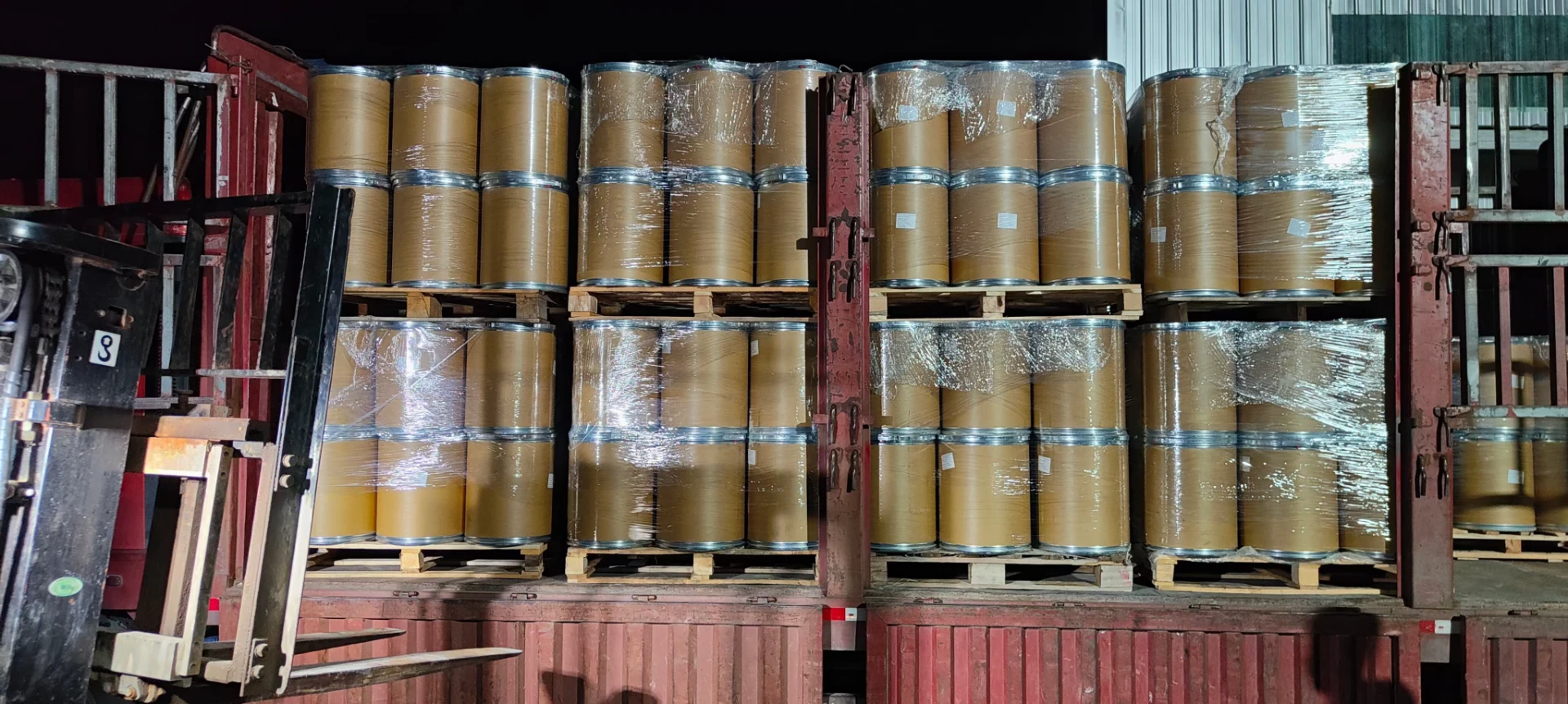Chemical Softening of Water Understanding the Process and Its Benefits
Water is an essential resource, crucial for numerous domestic and industrial applications. However, hard water, which contains high concentrations of calcium and magnesium ions, can pose significant challenges. These minerals lead to scale buildup in pipes, reduced efficiency of water heaters, and hindered soap and detergent effectiveness. To mitigate these issues, chemical softening of water emerges as a proven solution, transforming hard water into soft water through various chemical processes.
What is Water Softening?
Water softening is the process of reducing the concentration of hard ions in water by replacing them with softer ions. The primary objective of water softening is to prevent the negative impacts of hardness, including scale formation, which can cause damage to plumbing systems and appliances. Soft water, containing low levels of calcium and magnesium, enhances the effectiveness of cleaning agents and prolongs the lifespan of equipment.
The Chemical Softening Process
Chemical softening typically involves two main techniques precipitation and ion exchange
.1. Precipitation Method This is a straightforward technique that utilizes chemicals to encourage the formation of insoluble compounds. Common chemicals used include sodium carbonate (soda ash) and sodium phosphate. When these chemicals are added to hard water, they react with calcium and magnesium ions to form precipitates, which can then be removed through sedimentation or filtration. For instance, sodium carbonate reacts with calcium ions to produce calcium carbonate, a precipitate that can be filtered out.
2. Ion Exchange Method This method is more widely used, particularly in residential water softeners. It involves replacing calcium and magnesium ions in water with sodium ions using a resin filled with sodium beads. As hard water passes through the resin, calcium and magnesium ions adhere to the beads while sodium ions are released into the water. This process effectively softens the water and is often referred to as ion exchange softening.
Benefits of Chemical Softening
chemical softening of water

The advantages of chemical softening are manifold, making it an attractive option for both households and industries.
- Preventing Scale Formation One of the most immediate benefits is the prevention of scale buildup in pipes and appliances. Scale can reduce the efficiency of heating systems and increase energy consumption, leading to higher utility bills. By softening the water, homeowners and businesses can reduce maintenance costs and prolong the life of their plumbing and equipment.
- Improved Cleaning Efficiency Soft water reacts better with soaps and detergents, resulting in superior cleaning. This is particularly beneficial for laundry, dishwashing, and personal hygiene, as soft water can lead to brighter, cleaner clothes and dishes. Users may also find they require fewer cleaning products, contributing to cost savings and environmental benefits.
- Enhanced Water Quality Softened water is often perceived as more pleasant for drinking and bathing. The absence of hard mineral deposits can lead to improved taste and odor, making it more enjoyable for everyday use.
Considerations and Challenges
While chemical softening has numerous benefits, there are some considerations to keep in mind. The introduction of sodium ions in the water may not be suitable for everyone, particularly those on sodium-restricted diets. Additionally, the chemical softening process generates waste products, such as used resin and precipitates, which must be managed properly.
Moreover, the initial setup costs for a chemical softening system can be significant, depending on the technology chosen. However, the long-term savings in terms of energy efficiency and maintenance can offset these initial expenses.
Conclusion
Chemical softening of water is an effective and beneficial process for managing water hardness. By employing methods such as precipitation and ion exchange, individuals and industries can enjoy the numerous advantages of soft water, including reduced scale formation, improved cleaning efficiency, and enhanced water quality. As water quality becomes increasingly important, chemical softening stands out as a valuable solution for achieving and maintaining optimal water characteristics, contributing to greater efficiency and sustainability in water use.

